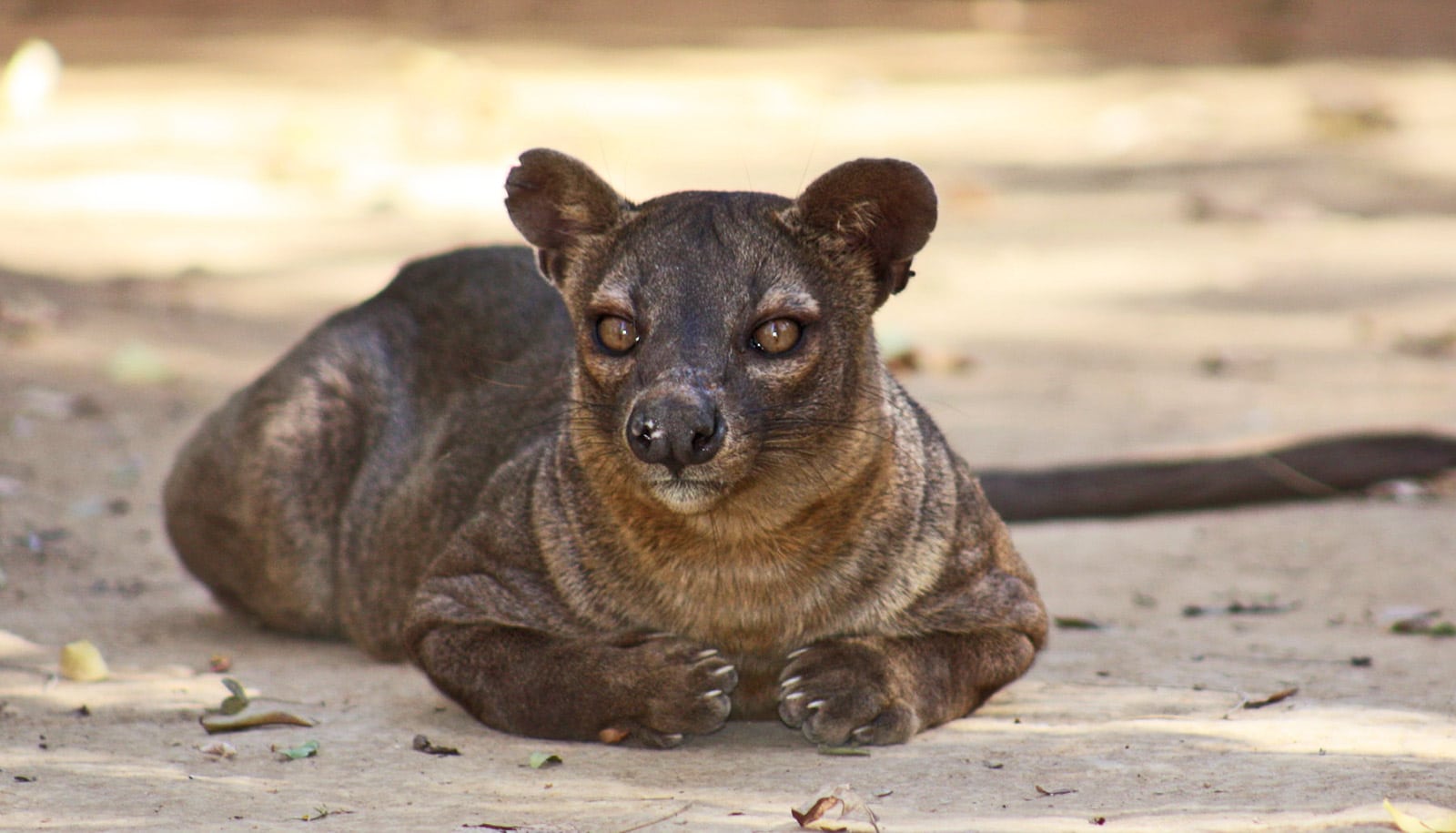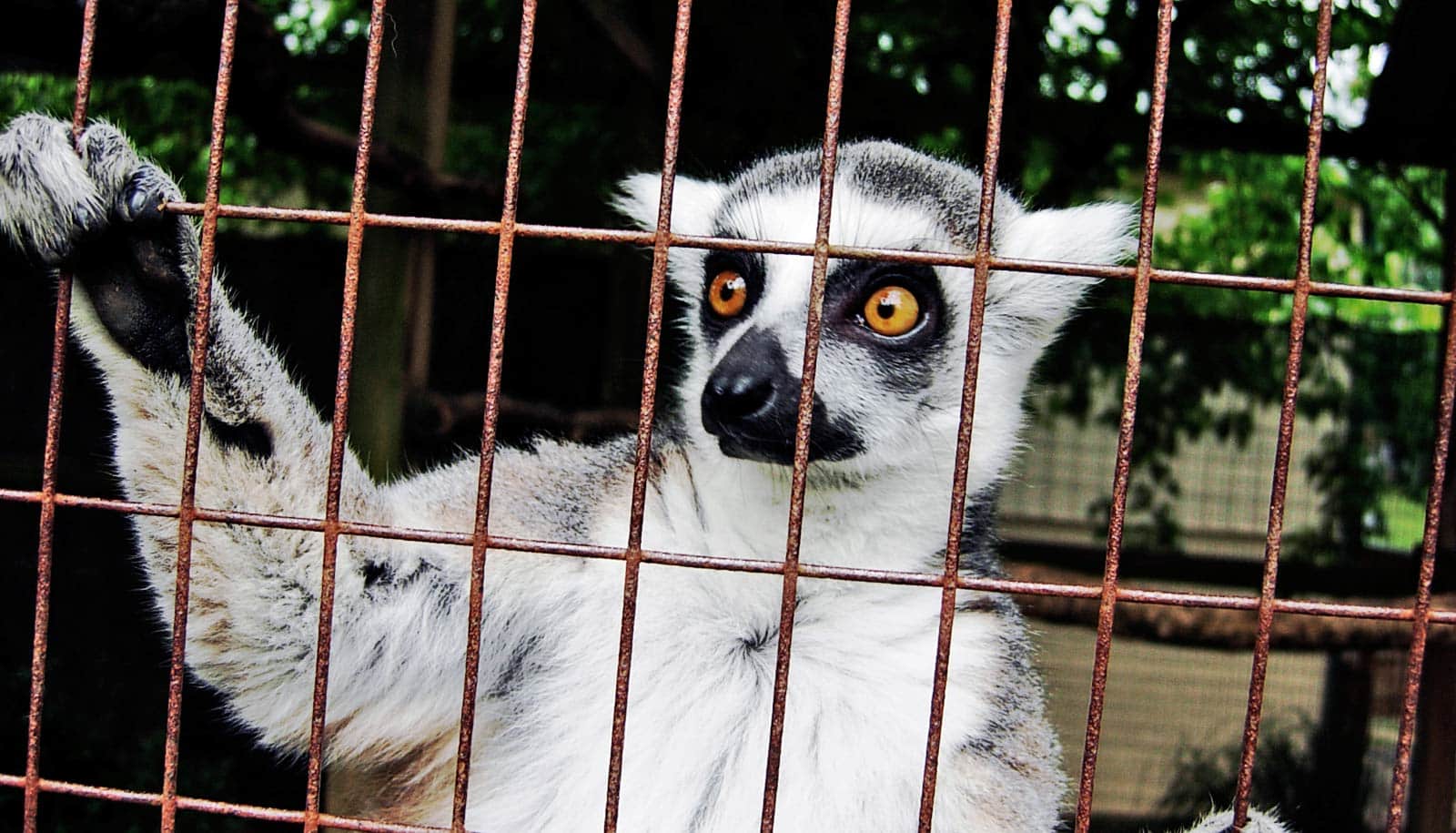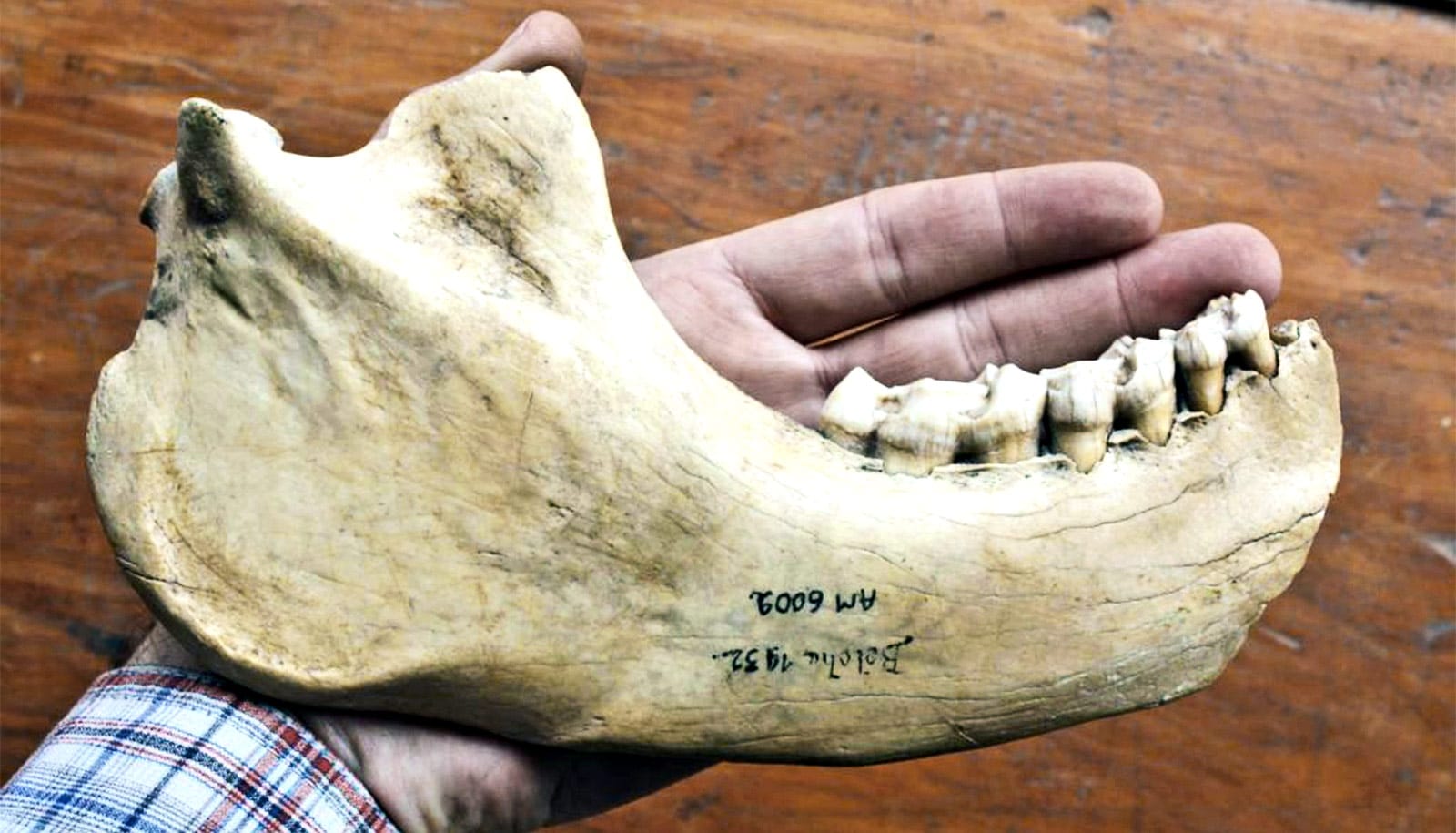New research clarifies the arrival of humans to Madagascar and the disappearance of the island’s megafauna.
Madagascar is renowned for its unique and varied biodiversity, which spans dry grasslands, wet rainforests, mangroves, and deserts. This variety, combined with the island’s isolation and size, has fostered distinctive groups of plants and animals, including the country’s famous lemurs and baobab trees.
Yet until relatively recently, Madagascar was even more diverse. Species like the elephant bird, dwarf hippo, and giant lemurs inhabited the island within the past 2,000 years. The causes and timeline of their extinctions are intertwined with the arrival of humans and the animals we brought with us, a topic that has challenged scientists for decades. Now this is the focus of two studies led by UC Santa Barbara anthropology doctoral student Sean Hixon.
Most of Madagascar’s recently extinct megafauna briefly co-occurred with introduced species, meaning that the newcomers likely contributed to their demise.
“Madagascar’s remarkable biodiversity is threatened, yet people have lived on the island for over a millennium,” Hixon says. “A long-term understanding of how people and introduced species shaped Madagascar’s ecosystems gives important context to the current crisis.”
“Because this is an island that has so much biodiversity, and so much of that biodiversity is native only to Madagascar—is highly endemic—the question has always been what impact has human arrival had on this large, biodiverse island,” adds coauthor Kristina Douglass, an archeologist at Penn State.
Extinct megafauna, people, and dogs
The new studies have finally answered some of these questions by analyzing different isotopes of nitrogen and carbon in ancient animal remains. In the process, the team nearly doubled the number of reliably radiocarbon dated traces of past human activity from the island.
The most recent study, which appears in the Proceedings of the Royal Society B, establishes an overlap between the arrival of domesticated herbivores and the continued existence of some of the region’s megafauna. It then compares the animals’ ecological niches and discusses how they may have influenced one another. The other paper, published in Frontiers in Ecology and Evolution, details how dogs interacted with Madagascar’s ancient ecosystems and compares them to the island’s native top predator, the fosa.
“The extinction of large-bodied animals sometime in the past 1,000 years has always been a very contentious debate,” Douglass explains. “And what we’ve done in this paper, for the first time, is really look at how much interaction there was between animals that people brought and those that ended up going extinct to see if any kind of competition or interactions played a role.”
Ultimately, the researchers confirmed that most of Madagascar’s recently extinct megafauna briefly co-occurred with introduced species, meaning that the newcomers likely contributed to their demise. “We found that a series of disappearances of large endemic animals—including giant tortoises, elephant birds, pygmy hippos, and giant lemurs—coincides with the arrival of goats, sheep, bush pigs, and cattle in southern and western Madagascar between 1,200 and 700 years ago,” Hixon says.
However, the results suggest that direct competition may not have been what drove the island’s large herbivores over the edge. Rather, indirect impacts like changing habitats and an expanding human population could have had more pronounced effects.
When humans arrived
Although the earliest traces of human activity on Madagascar are subject to debate, some estimates of human arrival suggest that people were perhaps present on the island as long as 10,000 years ago. At some point dogs and livestock joined them.
Hixon and his team sought to determine whether these domesticated animals even crossed paths with the island’s megafauna. Settling this question required dating as many bone samples as possible, both from the field and from collections, using radiocarbon analysis.
Atoms of a given element all have the same number of positive protons; indeed, this number defines an element. But they can vary in the number of chargeless neutrons in their nuclei, giving the different isotopes slightly different weights. Scientists can glean a lot of information by analyzing these ratios.
For example, a living organism will have a similar proportion of stable carbon-12 to radioactive carbon-14 as its environment. However, after death, the creature can no longer replenish the decaying 14C. So, scientists can use the ratio between the two isotopes to estimate the age of organic matter.
Hixon and his colleagues used this approach to date 83 introduced animals (dogs and livestock) and 75 endemic animals. They found that the two groups did overlap in time and space, and statistical analysis suggests that all the regional extinctions occurred within the span of 500 years, between 800 and 1300 CE. These are the first papers to show an overlap between human-introduced animals and Malagasy megafauna, Hixon and Douglass say.
Radiocarbon dating
This is a significant finding in a line of research that has been plagued by a shortage of data. Malagasy specimens are uncommon, and many are poorly documented, Hixon explains. What’s more, carbon dating is expensive. Commercial services can cost more than $500 for a single sample. Fortunately, Penn State has the facilities to do this in house, and coauthor Douglas Kennett (Hixon’s advisor) has recently established a lab at UC Santa Barbara to prepare specimens for this technique.
Still, radiocarbon dating cost the team over $100 per specimen. Given the cost and facilities this requires, it’s a significant issue in terms of scientific and cultural equity for researchers and communities in regions with fewer resources invested in the paleosciences, the authors say. These two studies alone have increased the number of reliably dated traces of past human activity from the island by more than 75%. “So this is a massive contribution and increase in just building up the chronology for human arrival and activity in Madagascar,” Douglass says.
The team also analyzed ratios between two stable isotopes of both carbon and nitrogen to investigate the ecology of ancient animals. Ratios of carbon isotopes are sensitive to the type of photosynthesis different plants employ. Woody plants, like trees and shrubs, tend to use C3 photosynthesis. Grasses and the succulents of the island’s southwest tend to employ C4 and CAM photosynthesis, respectively, which use different enzymes.
The pathways differ slightly in their tendency to incorporate different carbon isotopes into biomass: C3 plants have a lower ratio of carbon-13 to carbon-12 compared to their C4 and CAM relatives. By analyzing a sample’s 13C to 12C ratio, the researchers could learn about an herbivore’s diet and the type of ecosystem it likely inhabited: open grasslands or dense forests. They could also extend this information to carnivores, like dogs and fosa, by extrapolating from the types of herbivores they ate.
The nitrogen isotopes also provided the team with information on animals’ ecological niches. Animals higher on the food chain tend to have tissues enriched in heavier 15N, as opposed to 14N.
The stable isotopes revealed a mixture of overlapping and non-overlapping niches between the endemic megafauna and the introduced herbivores. For example, goats appear to have eaten similar forage to the island’s giant tortoises and pygmy hippos. Zebu and sheep likely relied significantly more on succulents and grasses than did any of the island’s endemic megafauna, especially the giant lemurs and elephant birds.
Who ate what?
Meanwhile, the analysis reveals stark contrasts between introduced dogs and endemic fosa. Ancient fosa primarily consumed forest-dwelling animals, while dogs relied more heavily on prey from relatively open habitats and possibly food scraps from people. “Dogs certainly arrived in time to help people hunt megafauna,” Hixon says, “and could have interacted with some of the extinct giant lemurs. But the data suggests that dogs weren’t consistently eating any of the extinct megafauna.”
Despite the often distinct diets of introduced and endemic animals, the introduction of new species to the island could still have contributed to the extinction of Madagascar’s megafauna. It is easy to construct a simplified concept of extinctions based on direct impacts like overhunting or direct competition, but the process can be much more subtle. “People are extremely good at settling new places, in the sense of creating a niche that suits them,” Douglass says. “And not only just suits people, but suits the animals that people rely on.”
For instance, expanding zebu herds could have affected the island’s native animals even if they ate different plants. Their presence may still have threatened the megafauna through indirect competition if people were clearing land for grazing and occasionally hunting megafauna. And the success of the zebu would have fostered human population growth, with all the impacts it entails. Indirect interactions such as these could account for a period of coexistence between humans and Malagasy megafauna.
Understanding a process like extinction will require looking at many different angles. “It’s not just that people arrived on Madagascar, it’s that people arrived and then were experimenting with different kinds of livelihoods,” Douglass adds. “And each of those different livelihoods had different types of impacts on the environment.”
There’s evidence that Madagascar was also experiencing climatic changes around the time of human arrival. The recent studies don’t exclude the possibility that environmental changes may have contributed to the demise of the island’s megafauna. In fact, the team just submitted a paper investigating how endemic and introduced herbivores responded to drying conditions in the island’s southwest during the past 1,600 years. And competition between plants, as well as human land use, could have contributed to historical vegetation changes.
Source: UC Santa Barbara



